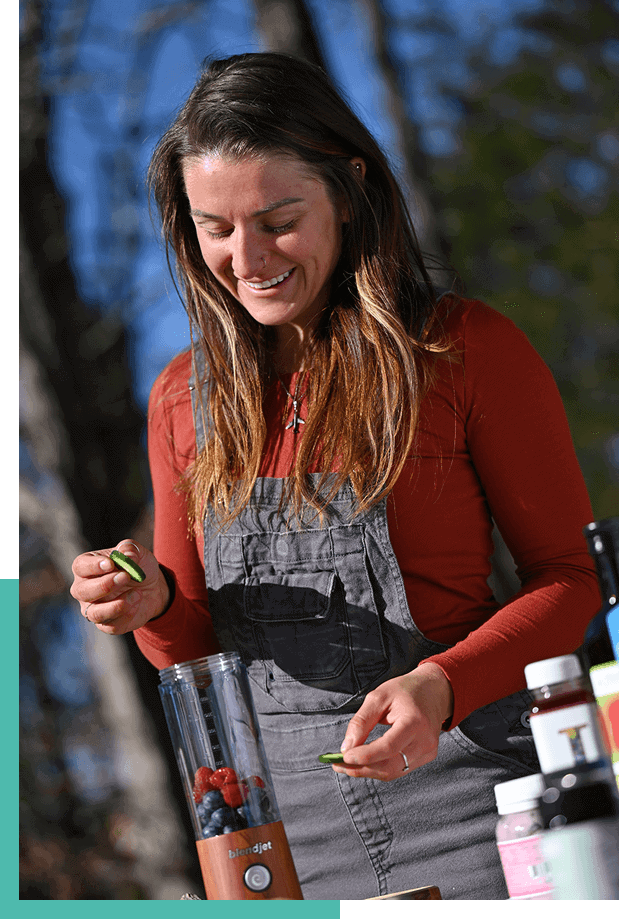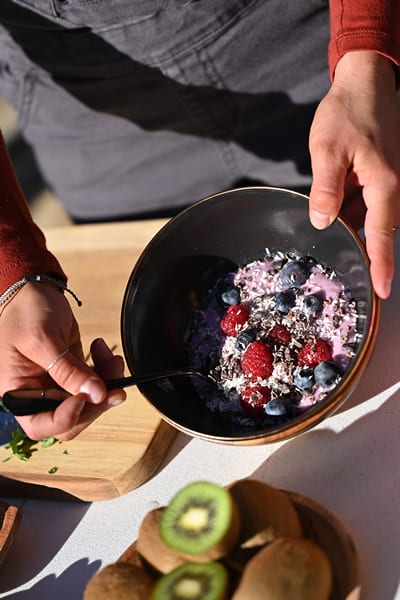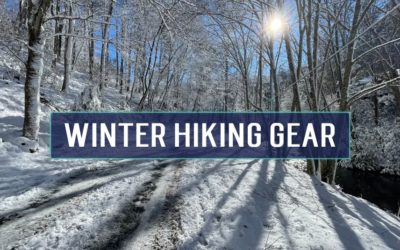It's Time.
Redefine your approach to health, wellness, and happiness.
What’s the Secret?
Mastering Daily Habits


Travel Blog
Winter Hiking Essentials | Part II Winter Hiking Series
Winter Hiking Essentials If you're staying close to home and only plan on hiking for a few hours, my Winter Gear Guide is a good place to start. If you're venturing out in a new area or plan on hiking most of the day, play it safe and add these items to your pack...
Winter Hiking Gear
Winter Hiking? YES YOU CAN! Your hiking journey can continue through winter if you have the right gear. Take your day hiking routine back with these winter hike essentials. Snow-covered trails are a blast, and the experience is amazing... snow-covered trails, ice...
Winter Van Life 101
Whether you plan on living or traveling in your van, parking it on a Harvest Host site, or storing it for the winter, you MUST take proper precautions and protect it from freezing temperatures in colder climates. Growing up in Florida, I had minimal experience when it...
Wellness Blog
Brand Collaborations with Health & Wellness Influencers
The process can be intimidating if you've never worked with a health and wellness influencer. But working with the RIGHT influencers and focusing on sharing helpful and educational content is a win-win strategy for brands and influencers. You'll have the opportunity...
Wholistic Wanders Gift Guide
In the spirit of giving and health, wellness, and adventure, I’ve compiled a list of gifts that will work for everyone on your list, even your “reluctantly healthy” friends and family. I know it’s easy to get a little grinchy at this time of year, but giving is good...
“Just wanted you to know today you have inspired me so much.
I started saving two weeks ago for an RV and putting in serious work into researching homeschooling so we can travel with our boys.”
“Breakfast of Champions – Took a recipe from @wholisticwanders and scrambled my eggs in some ghee w/ goat cheese (+ added some leeks) – you HAVE to try this”
I’m Megg, I’ve Been There.
And I Can Help.
I remember how it felt to look in the mirror and not recognize my reflection. The routine of work and an active social life didn’t leave much room for meal planning, healthy food shopping, cooking, or working out. If I wanted to pursue health and wellness daily, I had to build the habits into my normal routines, one at a time. I did it, and you can, too. And when you do it, you’ll experience a level of emotional fitness that keeps you on track and inspired month after month, year after year.
Follow my journey to learn more and stay inspired:





